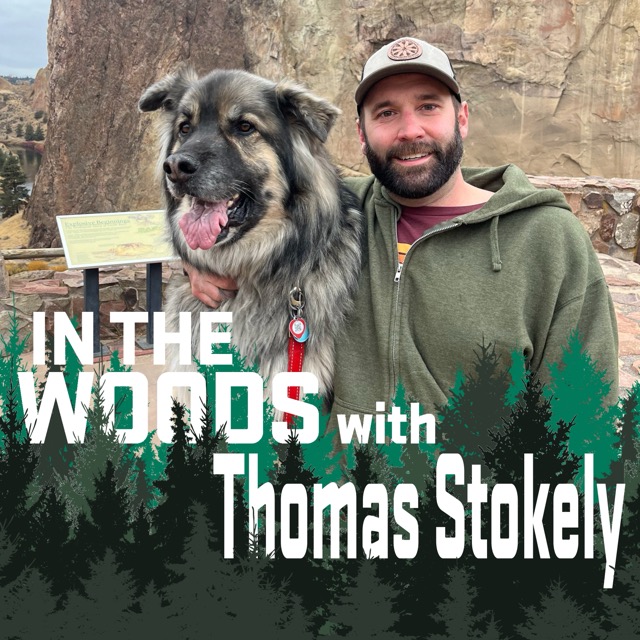In this episode of the ‘In the Woods’ podcast by Oregon State University’s Forestry and Natural Resources Extension Program, host Jacob Putney interviews Thomas Stokely, a forest ecologist with The Nature Conservancy in Central Oregon. They discuss the significance of wildlife habitat connectivity, the impacts of habitat fragmentation and loss, the role of roads and recreation, and the importance of integrating fire management to promote ecosystem health. Thomas explains concepts like landscape ecology, connectivity, and fragmentation, emphasizing the need for effective management strategies to balance human activities with conservation efforts. They explore specific projects like the Oregon Connectivity Assessment Mapping Project and strategies for mitigating human impact on wildlife through community involvement and science-based forest management practices.

Continue reading Episode 64 – Wildlife Habitat Connectivity“ Allowing not only at the population level for these species to adapt, but an ecosystem level for all the nutrients and energy and matter to flow across the landscape to help provide that ecosystem function and services to humans. – Thomas Stokely, Forest Ecologist

